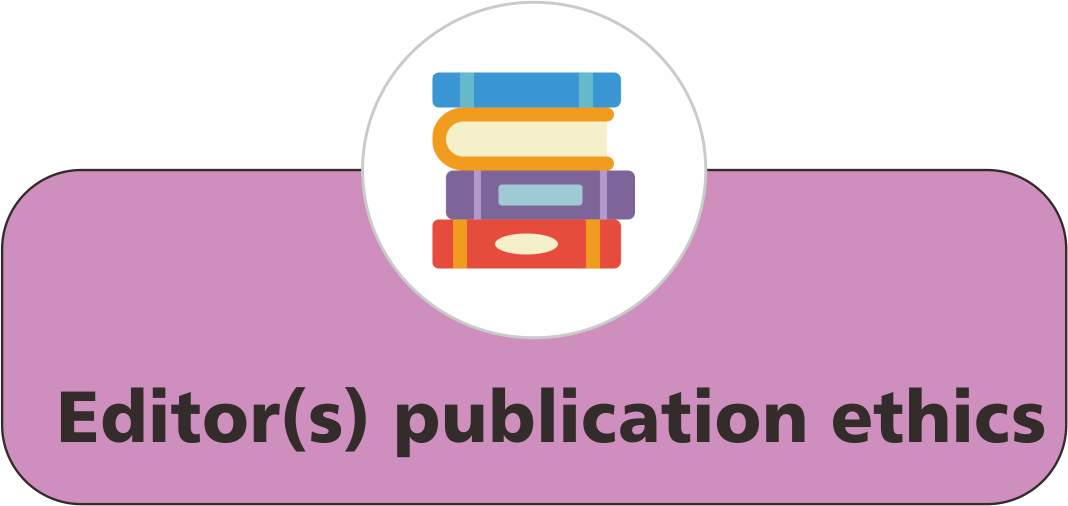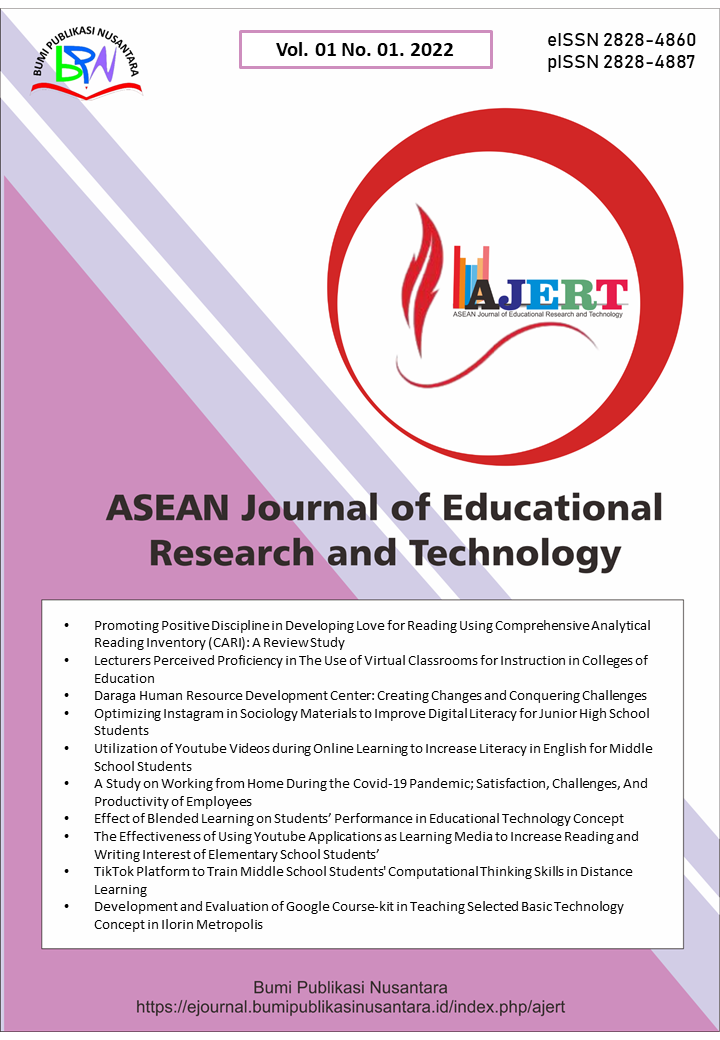Quality of Life Among Secondary School Teachers in Kwara State: Implication for Counselling
 ), Kamoru Abidoye Tiamiyu(2), Ameenat Arinola Ogo-Oluwa(3),
), Kamoru Abidoye Tiamiyu(2), Ameenat Arinola Ogo-Oluwa(3),
(1) Al-Hikmah University Ilorin
(2) Al-Hikmah University Ilorin
(3) Al-Hikmah University Ilorin
 Corresponding Author
Corresponding Author
Abstract
Keywords
References
Akindutire, I. O., and Ekundayo, H. T. (2012). Teacher education in a democratic Nigeria: Challenges and the way forward. Educational Research, 3(5), 429-435.
Daluba, N. E. (2015). Promoting quality education in Nigeria: Strategies for teacher trainers in tertiary institutions. Sky Journal of Educational Research, 3(4), 37-40.
Diener, E., and Biswas-Diener, R. (2002). Will money increase subjective well-being?. Social indicators research, 57, 119-169.
Hattie, J. A., Myers, J. E., and Sweeney, T. J. (2004). A factor structure of wellness: Theory, assessment, analysis, and practice. Journal of Counseling and Development, 82(3), 354-364.
Legault, L., and Inzlicht, M. (2013). Self-determination, self-regulation, and the brain: autonomy improves performance by enhancing neuroaffective responsiveness to self-regulation failure. Journal of personality and social psychology, 105(1), 123.
Merkys, G., Bubeliene, D., and Čiučiulkienė, N. (2019, May). Availability of pre-schooling as an educational and social indicator. Society. Integration. Education. Proceedings of the International Scientific Conference, 2, 531-543.
Okunola, A. A., Adekanye, T. A., Adewumi, A. D., and Asamu, F. (2019). Assessment of rice processing operations in Ekiti State, Nigeria. International Journal of Civil Engineering and Technology (IJCIET), 10(2), 2197-2204.
Olanrewaju, M. K., and Tinuke, K. R. (2022). Psychological capital and quality of life among secondary school tutors in Kwara State Nigeria. Journal of Psychological Perspective, 4(1), 17-20.
Rapti, D. (2022). School climate is an important component of school effectiveness. Academic International Scientific Journal, 69(1), 8-13.
Schalock, R. L. (2019). The concept of quality of life: What we know and do not know. Journal of Intellectual Disability Research, 48(3), 203-216.
Whoqol Group. (1998). Development of the world health organization WHOQOL-BREF quality of life assessment. Psychological medicine, 28(3), 551-558.
Article Metrics
Abstract View : 775 times
: 775 times Download : 378 times
Download : 378 times
Refbacks
- There are currently no refbacks.
Copyright (c) 2023 Bumi Publikasi Nusantara

This work is licensed under a Creative Commons Attribution-ShareAlike 4.0 International License.









